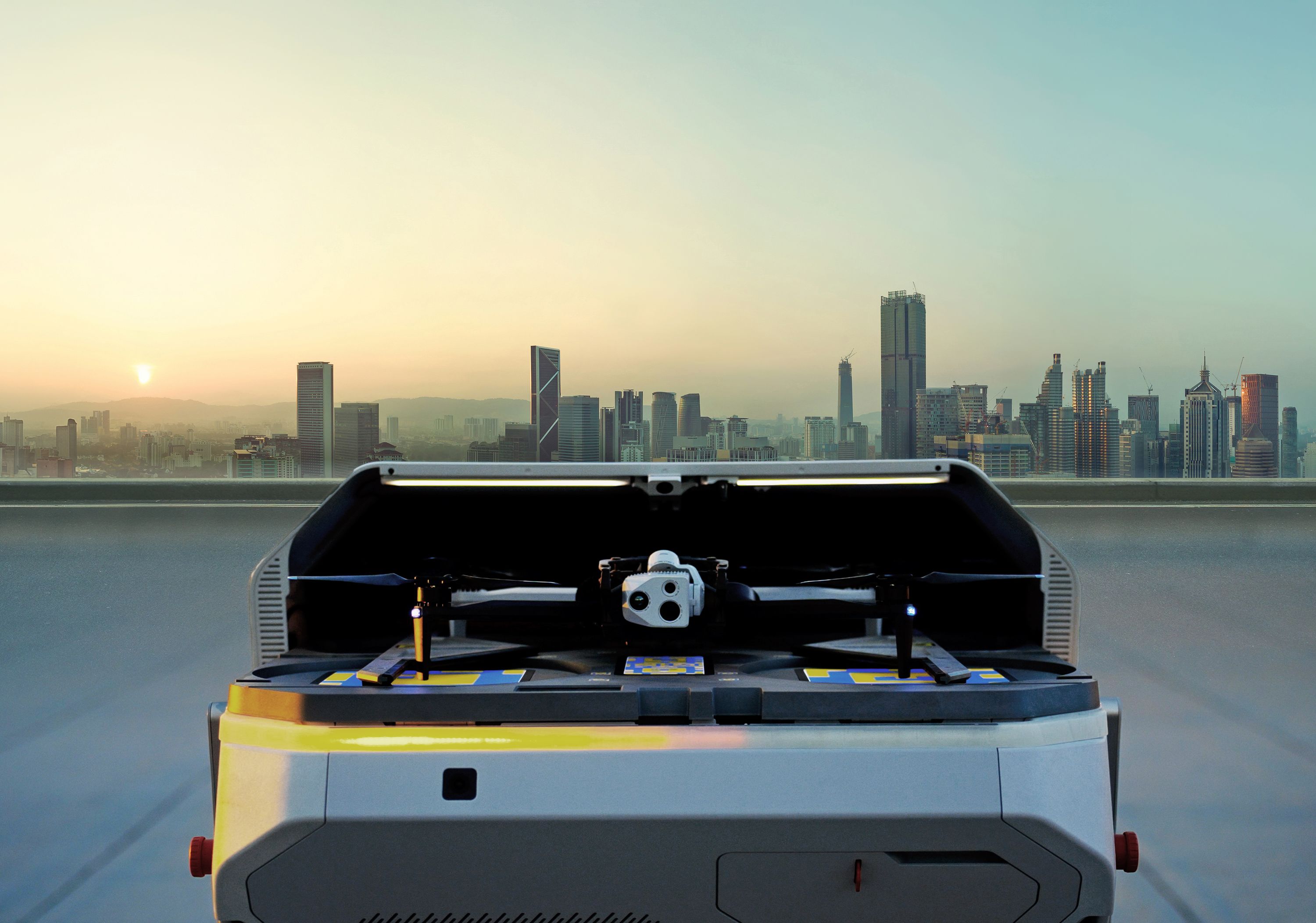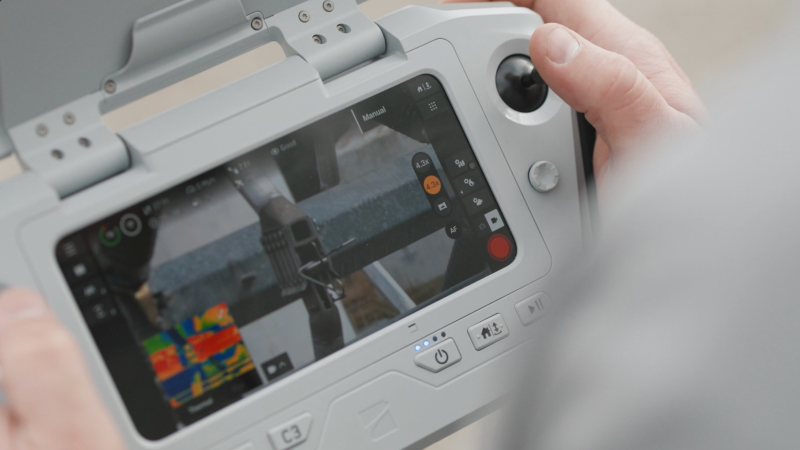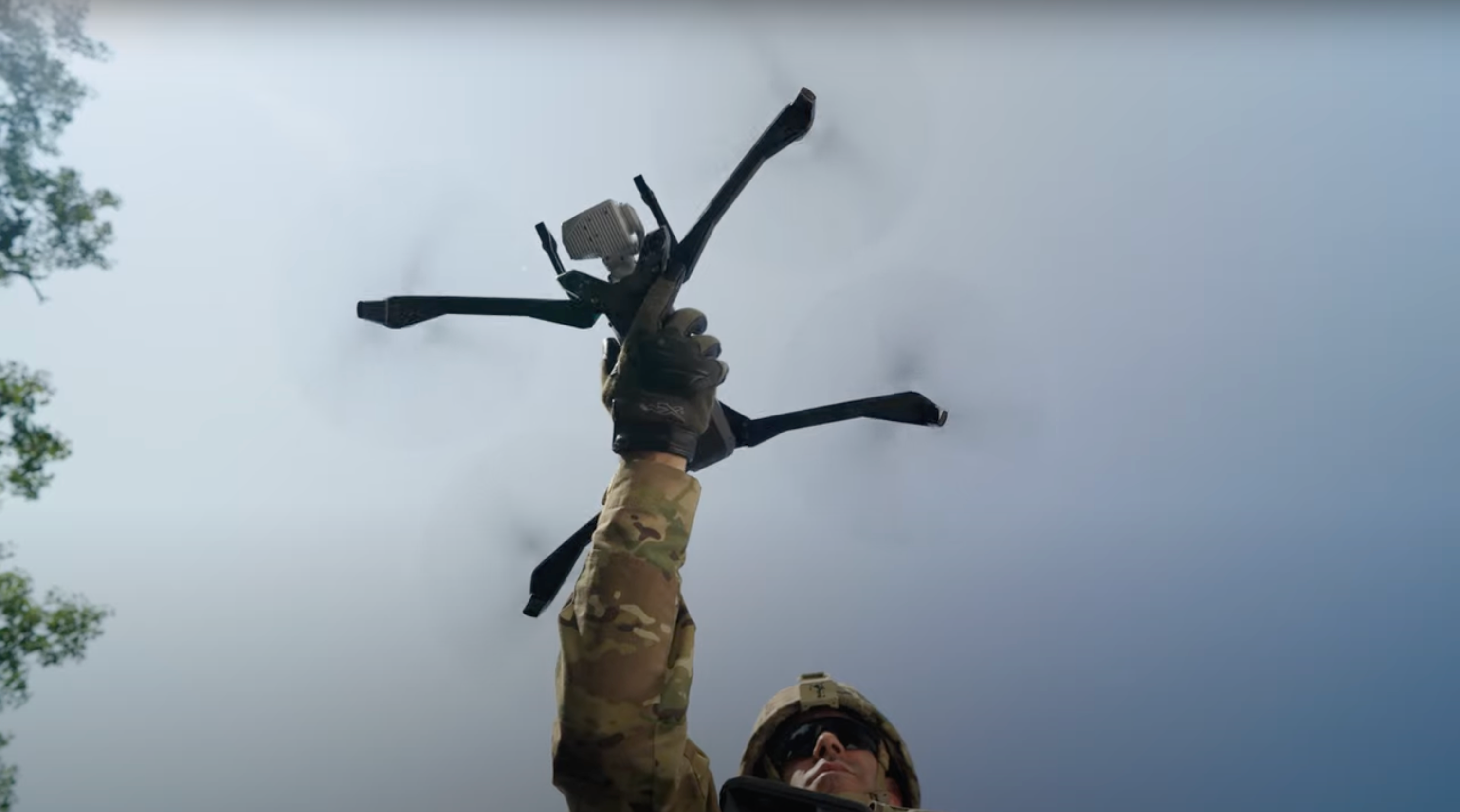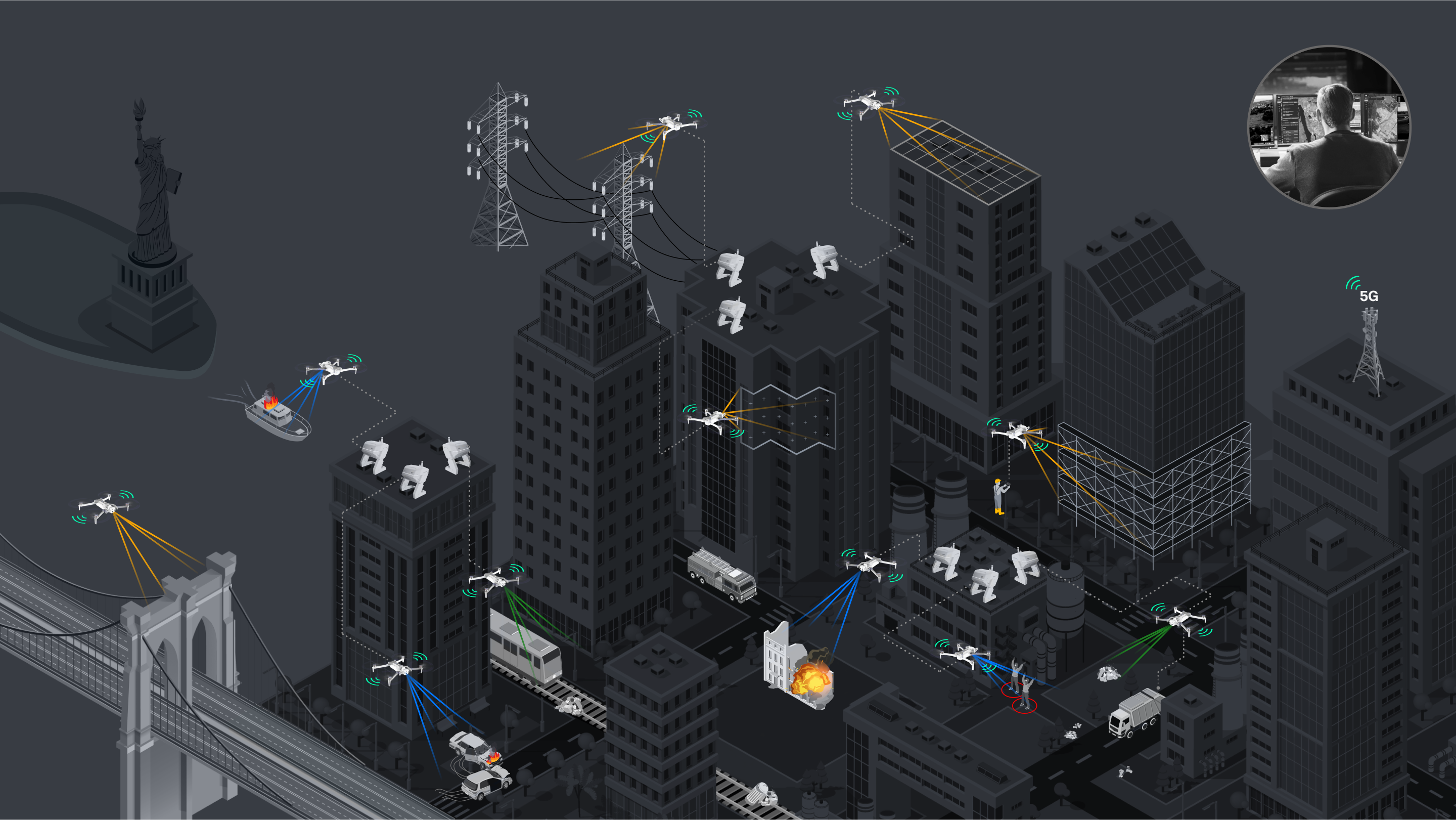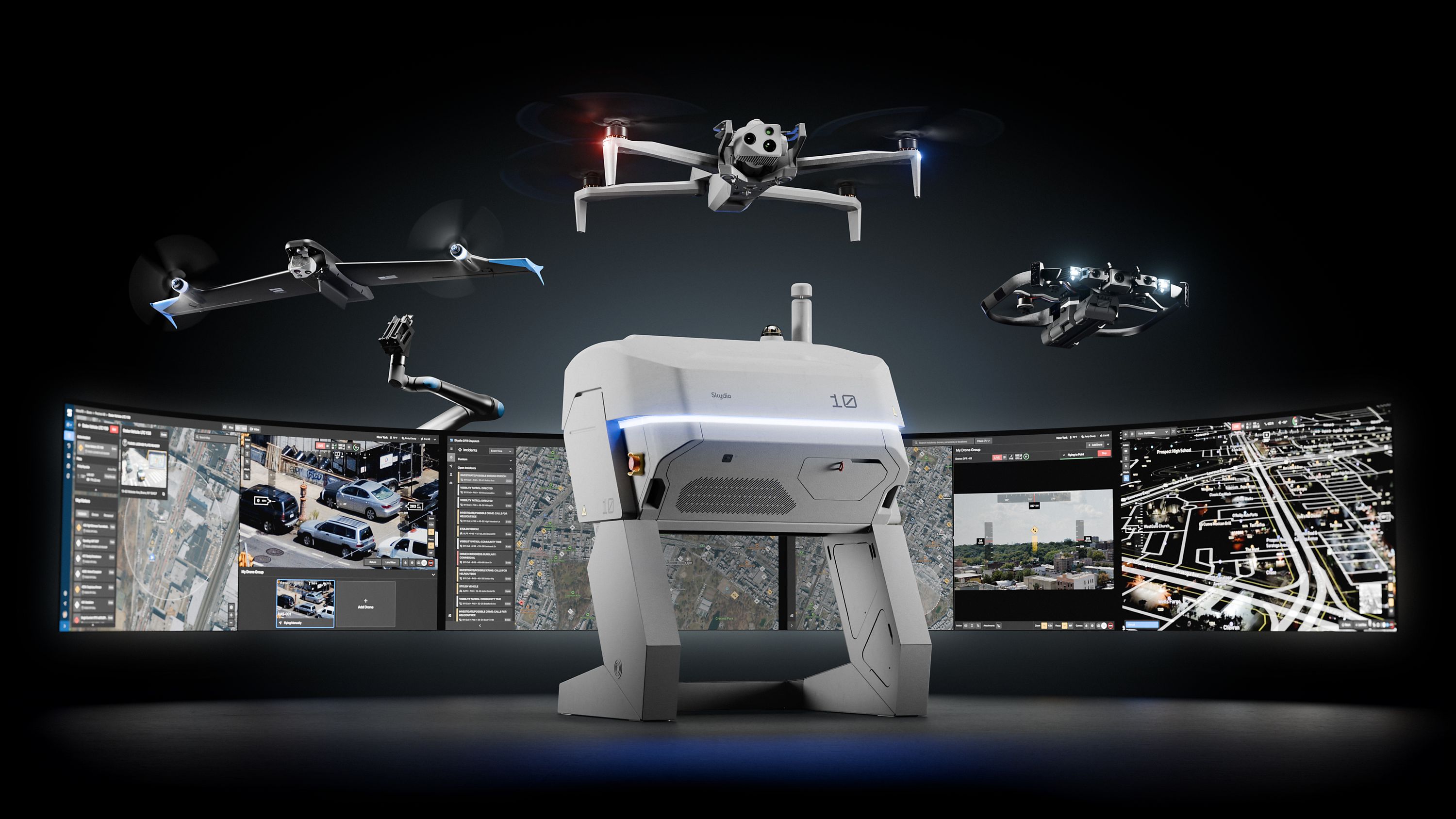Bringing The Benefits Of Drones to First Responders
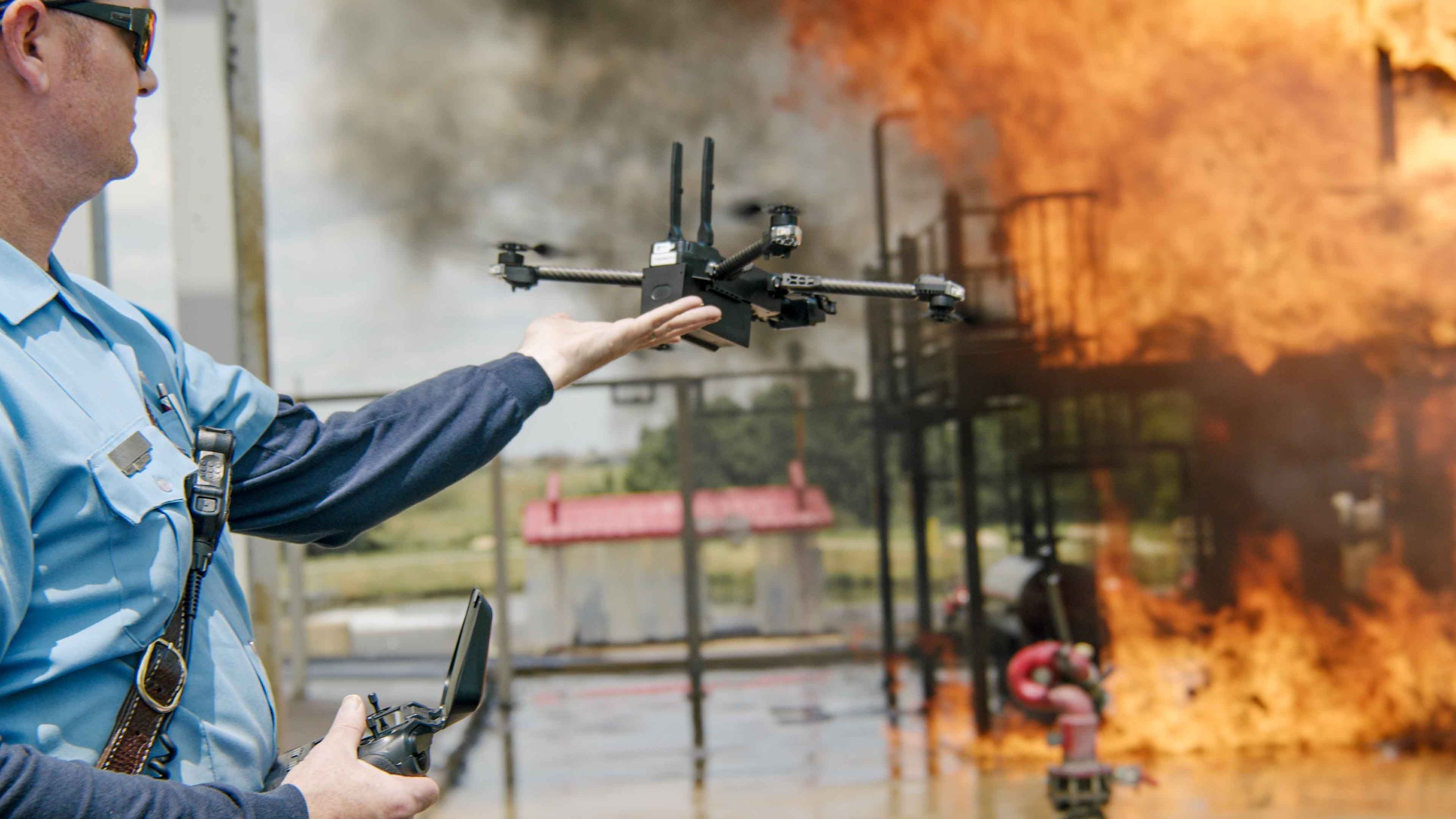
Professional drones are one of the best ways to make the critical work of first responders safer and more effective. From improving situational awareness for responding officers, to changing the way crime scenes and collision scenes are documented and investigated, drones are swiftly becoming a foundational tool to protect the public, keep first responders safe, increase transparency and promote accountability.
I should know.
I recently joined Skydio after retiring from 20 years of service as a Detective in the New York City Police Department (NYPD). While at the NYPD, I was assigned to the Technical Assistance Response Unit, where I worked on cutting edge technologies that could improve crime fighting and enhance officer safety. In 2017 I was tasked with developing the NYPD drone program, which launched in 2019 and now has over 30 pilots.
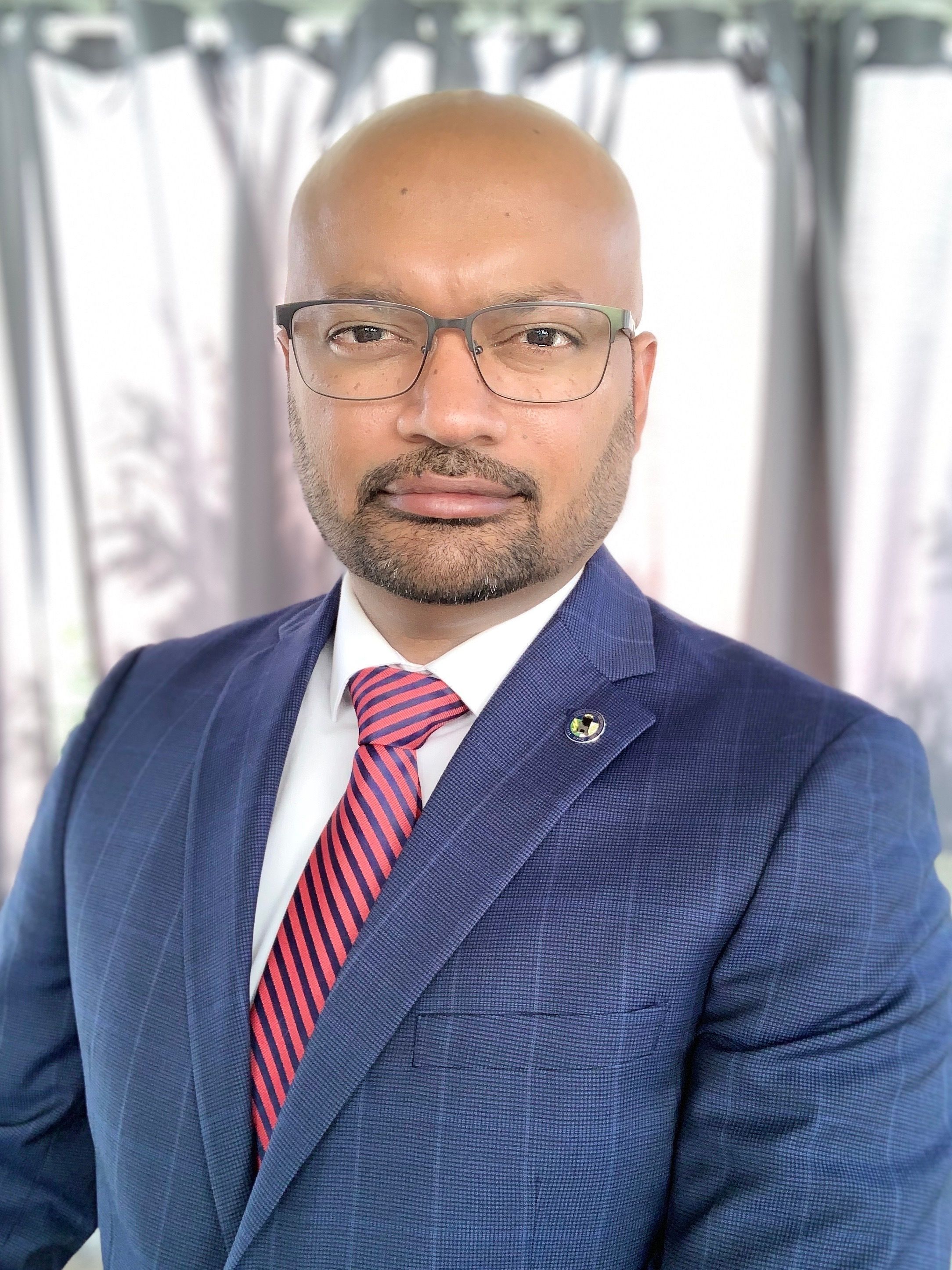
In the program, manual drones quickly became part of our day-to-day operations, but flying them—especially in an urban setting—is inherently difficult. Soon after the NYPD's drone program launched, our team was called to document a crime scene spanning multiple city blocks of hilly, urban terrain. Adding to the challenge, tall buildings interfered with the drone's GPS and magnetometer, making it difficult to navigate.
We encountered some of these same challenges when flying in hostage situations to provide situational awareness to the incident commanders. Flying manual drones at these scenes close to buildings and other obstacles without crashing is difficult for even the most advanced pilot. When you add in the difficulties of operating in a highly dynamic tactical situation, often in less than ideal weather conditions, the cognitive load on the operator is extremely high.
Enter Skydio's game-changing autonomy
I flew a Skydio drone for the first time next to a wide open field and, while I was impressed, I thought it relatively similar to drones I'd flown in the past. But when I put it to work, flying it close to buildings and parked cars—the way I would fly in a tactical scenario— is when I was completely blown away by the drone’s ability to navigate close to obstacles without crashing.
Thanks to our amazing autonomy engineers, Skydio drones don't require GPS to navigate. They use visual navigation to intelligently avoid obstacles so the pilot is able to fly lower and closer than with manual drones. All this helps reduce the cognitive load on the pilot, so he or she is free to collect better quality data—the ultimate point of flying drones in the first place.
The benefits aren't limited to maneuverability. Things that would have required hours of practice and training for my past team to do with a regular drone, a novice can easily do with a Skydio. And Skydio's cutting-edge software solutions such as Skydio Cloud and Skydio 3D Scan are opening up an entirely new avenue of work for drones in public safety—everything from revolutionizing evidence management through Skydio Cloud and our partnership with Axon, to increasing transparency and building trust with their communities. On that first day flying with Skydio, when I saw the drone fly itself around a mock collision scene and autonomously capture it via a high-definition 3D scan, I knew that Skydio would be the company leading the way in AI-enabled autonomous flight.
After retiring from the NYPD, when deciding what came next, I knew I wanted to be part of the autonomous future Skydio was building for first responders. As someone who believes accountability and transparency are cornerstones of any public safety drone program, I was especially excited by Skydio's commitment to baking responsible engagement into our DNA by developing the Skydio Engagement and Responsible Use Principles --a groundbreaking set of policy and ethical principles to guide our work and drive the industry forward. We also partnered with DRONERESPONDERS —the leading association focused on first responder drone programs— to develop the "Five C's" of responsible drone use by public safety agencies.
Today, as a Solutions Engineer for Skydio, I work with our public safety agencies to help them select the right Skydio drone for their specific needs and help them integrate into their workflow to make their work faster, safer and more efficient than ever before.
Skydio opens up countless possibilities for first responders. From tactical deployments to crime scene documentation to eventually being able to deploy drones as a first responder, I truly believe autonomous drones will revolutionize the way public safety agencies operate, improve transparency and accountability, and keep our communities safe.
Today, we're excited to share our new Skydio Original Series: Autonomous Drones for First Responders - a video series that shows Skydio drones being deployed in several simulated real-life emergency response scenarios that demonstrate exactly how much value a solution that’s quick, easy, and safe to fly can bring to emergency response teams and the communities they serve. These videos have been developed in close collaboration and with the input of actual expert operators from law enforcement, fire fighting and search and rescue organizations to portray the use of the technology in simulated, yet realistic situations. We’d like to thank the Chula Vista Police Department, Cuyahoga Community College Public Safety Training Center, Texas A&M Engineering Extension (TEEX), and Texas Search and Rescue (TEXSAR) for their support in creating this series.
